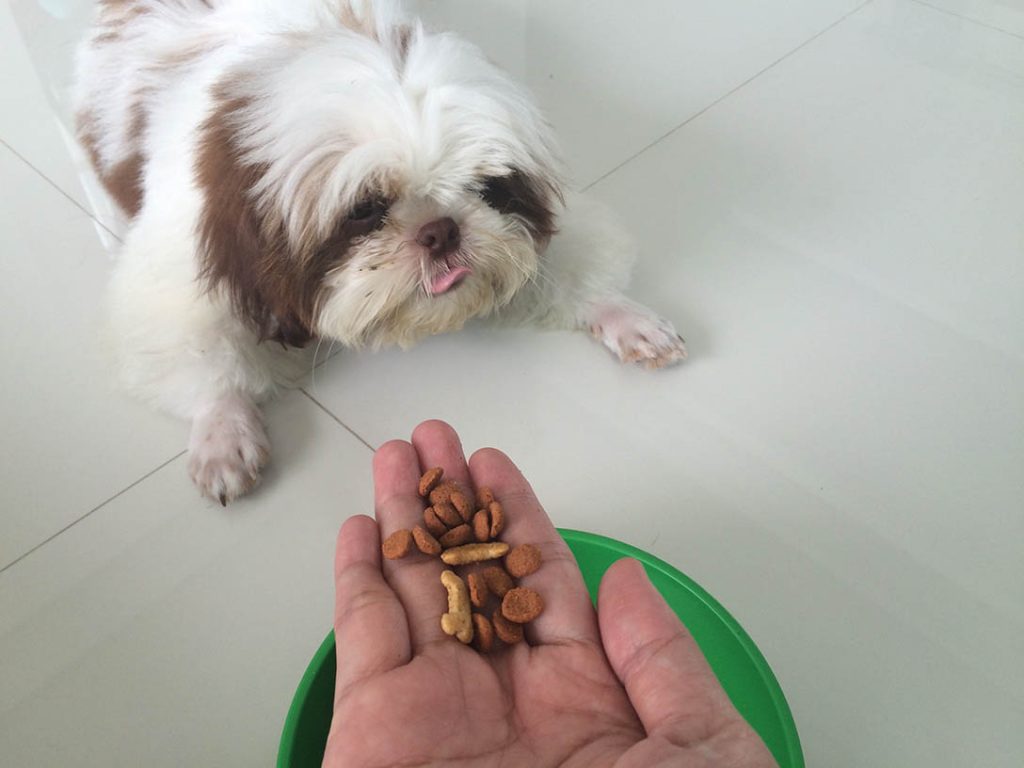Razor burn on dogs is a common yet often overlooked grooming issue that can cause significant discomfort for pets. It typically results from improper or overly aggressive use of clippers during grooming sessions, particularly when grooming is done too close to the skin or with dull or overheated blades. Razor burn manifests as red, inflamed, or irritated skin that may be sensitive to the touch. In some cases, dogs may lick, scratch, or bite at the affected area, worsening the irritation and leading to secondary infections. Understanding the causes, effective treatments, and preventive measures is essential for every pet owner and groomer to ensure the safety and comfort of their furry companions. The primary cause of razor burn is improper clipper technique. When clippers are pressed too hard against the skin or used without proper lubrication and maintenance, they can create friction and heat, resulting in skin irritation. Dull blades tug at the fur rather than cutting it cleanly, which also contributes to skin trauma. Furthermore, using the wrong blade length for a dog’s coat type or clipping over sensitive areas such as the belly, armpits, or groin without caution can increase the risk of razor burn.

Dogs with thinner coats or more sensitive skin are particularly susceptible, making it crucial to adapt grooming practices to each individual dog’s needs. Treating razor burn involves a combination of soothing the skin and preventing infection. First, it is important to stop any further grooming and allow the skin to heal. Gently cleaning the affected area with a mild, non-alcoholic antiseptic or vet-approved wound cleanser can reduce the risk of infection. Applying a cooling, pet-safe aloe vera gel or a topical ointment prescribed by a veterinarian can help reduce inflammation and promote healing. It is essential to discourage the dog from licking or scratching the area, which may require the use of an Elizabethan collar cone. In severe cases, or if signs of infection such as pus, foul odor, or worsening redness appear, a veterinary visit is necessary for professional medical intervention, which may include antibiotics or anti-inflammatory medications. Prevention is the best approach when it comes to razor burn. Ensuring that clippers are clean, well-maintained, and properly oiled before each grooming session is critical.
Pet owners should also communicate any known skin sensitivities or prior razor burn experiences to professional groomers beforehand. Using sharp blades reduces tugging, and checking clipper temperature frequently helps avoid heat buildup that can burn the skin. Groomers should always use appropriate blade sizes and avoid shaving too close to the skin, especially in sensitive areas. Additionally, regular brushing to remove mats before clipping and using clipper attachments or guards can create a safer barrier between the blade and the skin. Taking frequent breaks during grooming to assess the skin and clipper condition is also a wise practice. Dog Razor Burn can be a painful and distressing condition that often stems from preventable grooming errors. By understanding its causes, applying effective treatment methods, and following proper clipper usage techniques, pet owners and groomers can significantly reduce the risk of razor burn. Prioritizing gentle handling and skin safety during grooming not only protects the dog’s health but also builds trust and a positive experience between pets and their caregivers.



 Something else that you could have seen on cats is the manner by which possessive they are. You could have additionally seen how hard they could attempt to get or try and take something from you. In the event that you will purchase a cat tree townhouse, your pet will cherish you somewhat more. Your cat cannot request more than a warm, agreeable spot to have a good sense of reassurance and safe, or to simply climb upon and see without you screwing with her!
Something else that you could have seen on cats is the manner by which possessive they are. You could have additionally seen how hard they could attempt to get or try and take something from you. In the event that you will purchase a cat tree townhouse, your pet will cherish you somewhat more. Your cat cannot request more than a warm, agreeable spot to have a good sense of reassurance and safe, or to simply climb upon and see without you screwing with her!